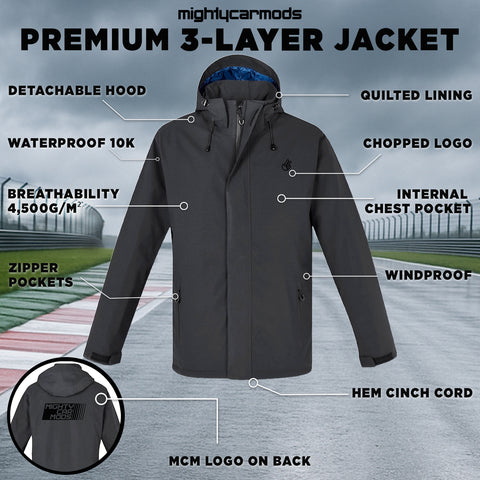
The history of roll cages
If you've seen the latest episode (CLICK HERE) you'll have seen Marty going lightweight with his Poo-goat, while MOOG chooses to add weight to his Swift with a professional roll cage. Roll cages are as ubiquitous with fast cars as helmets are to track days, but they have really only been used for the last 50 years.

The father of the modern "roll bar" is credited as John Aley, an Englishman who raced cars and witnessed a bunch of nasty accidents. In those days roofs were prone to collapsing in a roll-over as the pillar structures weren't as strong as they are today, so he came up with a three-pointed cage for Minis and other small English machines.

Cars got radically faster in the early 70s and the need for improved safety dawned on everyone as racing fatalities stacked up. The FIA, who sets the rules for motorsport all over the globe, officially required race cars to have roll bars in 1971. The Porsche 917 race car above is a ferocious 250mph Le Mans racer from the late 60s, whose tube-frame chassis served as the crash protection - could you imagine racing this for 24-hours at Le Mans in the night and the rain, with your feet hanging out the front?

This Ford Falcon GT-HO Phase II shows off a typical "roll hoop" used in many touring cars and GT racing cars from the '60s through to the early '70s. Thanks to Street Machine for the killer pic - you can read more about this awesome car HERE.

Still the design left a lot to be desired, as the above pic of Bill Brown's GT-HO Falcon race car from Bathurst 1971 shows. Amazingly he walked away from that wreck, but only through the luck of his seat breaking which let him lay flat against the roof. Watch the footage of the crash (CLICK HERE) to see just how lucky he was.

By the mid-late 1970s roll cages replaced roll bars, as the extra protection was saving lives but the welded-in framework also helped to stiffen the chassis. Cage design has progressed today to attempt to tie the entire structure of the car together, but the design is set by racing class rules.

Different forms of motorsport have different rules for roll cage design to suit the environment racers find themselves in. This can make it difficult to take a car between drag racing, speedway, rallying, land speed racing, and even different types of circuit racing, as one cage won't be compliant between all the types of racing.

Today, roll cages are common even in fast road cars, and are available as weld-in or bolt-in fitment. For weekend warrior street/track cars, a bolt-in four-point cage is regarded as best the lack of bar work in the front of the cabin is viewed as far safer for on-road use where almost all roll cages are banned or frowned upon.

![Limited Edition Budget Street Cred Golf Poster [AUTOGRAPHED]](http://mightycarmods.com/cdn/shop/files/FullSizeRender_480x480.jpg?v=1760910149)
![Boosty Boi T-Shirt [Black Edition]](http://mightycarmods.com/cdn/shop/files/DSC2662_b504777a-ecdc-4da2-8b18-b4b525bce4d5_480x480.jpg?v=1759355323)
![Chopped MCM Hoodie [Black Edition]](http://mightycarmods.com/cdn/shop/files/DSC2445_d41795ae-8f15-4257-8ae2-60623a893824_480x480.jpg?v=1759099951)
